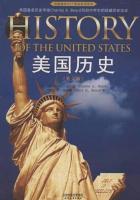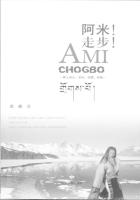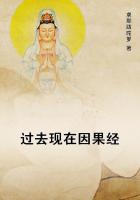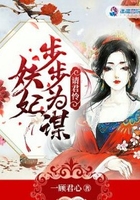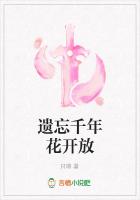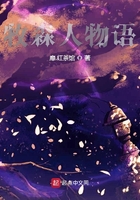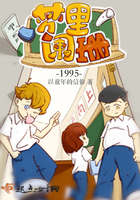Private printing refers to privately funded book printing. Most ancient private book printing families were senior officials, rich businessmen or scholars who put a heavy emphasis on the quality of the books. Their books are characterized more by the idea of “working for reputation” and less for their business interest.
Many private book publishers were well-known academics. They combined book printing and studies. In the process of collecting, editing and printing, they also conducted proofreading, critical interpretation, textual research, literate studies and directory compilation and built up and enriched the “Theory of Compiling Books.” Some private printers also made bold technical innovations, such as the development of copper type, registration, assembled block printing, blind embossing, and employment of facsimile printing and other techniques to restore and preserve the appearance of ancient editions. Therefore, many of the private printed books are of high quality.
Ancient Chinese private book printing began during the Tang Dynasty. It was popular during the Song Dynasty and shaped the triangular balance with official and bookshop printing, whose output, famous for their high quality, are mostly classic and history works as well as the collections of poems and articles by celebrity.
In the late Ming Dynasty, private printing was more active with the emergence of a group of known private publishers, of which Mao Jin was the most famous during the Ming Dynasty and even through the history of ancient Chinese publishing. Mao Jin (1599–1659) was born in Changshu, Jiangsu Province. He was engaged in private printing from his 30s and built “Jiguge” and “Mugenglou,” with a collection of over 80,000 books. Throughout his life, he had high-quality versions of his collection printed. With over 600 books and more than 100,000 blocks used, it made him the most productive private publisher in China.
Generally, private printing during the Qing Dynasty fell into two categories. One was writings of past scholars and works by the printer. In most cases, with types based on handwriting as well as selected ink and paper, most of the books from this source were refined products and the editions were also refined. The other category was book series, lost books and old editions printed by book collectors and experts in the restoration of ancient books after the rise of “Theory of Textual Criticism.”
College printing: academic publishing
College education represented a unique culture and educational base during the Tang and Song dynasties (618–1279). Originating in the Tang Dynasty, it became popular during the Northern Song and reached its peak in the Southern Song. It continued to the end of Qing Dynasty. According to statistics, there were more than 6,600 colleges throughout the history of China. In these colleges, besides lecturing, teaching, writing and academic research, editing and publishing were also regular activities. The result was the formation of the college printing system.
The Song and Yuan dynasties (960–1368) witnessed a boom in college printing. With ample income and capital and also well-known scholars, printing in colleges flourished and produced many good publications. The typical example is Comprehensive Studies in Administration by Hangzhou West Lake College in the first year of Taiding (1324). During the Ming and Qing dynasties (1368–1911), publishing by the colleges was further strengthened and large-scale printing became common. The number of books printed by colleges in the Qing Dynasty topped the number from any other period.
The official and private operation of colleges ensured that their publications covered a wide array of topics, including “Jing,” “Shi,” “Zi” and “Ji.” At the same time, they were studentcentered, so the focus was academic publication, particularly the inheritance from certain schools. College editions can be divided into three types: writing and research notes of teachers and students for academic research, teaching reference works and works by successive masters and famous writings by their principals to spread academic ideas and theories. With an emphasis on academia and abundant funds, college editions are often refined.
Temple and monastery publications: religious publishing
Temple printing refers to publishing of religious classics by temples. These books are called “Focang” or “Daozang” (Taoist canon). They are similar to today’s religious publications. Their efforts were supported by governments and Buddhism and Taoist classics were popular. These two factors helped give rise to an independent publishing system.
The most primary outputs of Buddhist temple print shops during the 800 years from the Song to the Qing Dynasty were the 17 Chinese Tripitakas and a number of Tripitakas in minority languages (including Tangut, Mongolian, Tibetan and Manchu). Among all the Tripitikas, The Northern Song Dynasty Official Version of The Tripitaka (also known as “Kaibaozang”) printed in the Kaibao period (968–976) of the Song Dynasty was the first printed Tripitaka in the world.
Tripitaka


